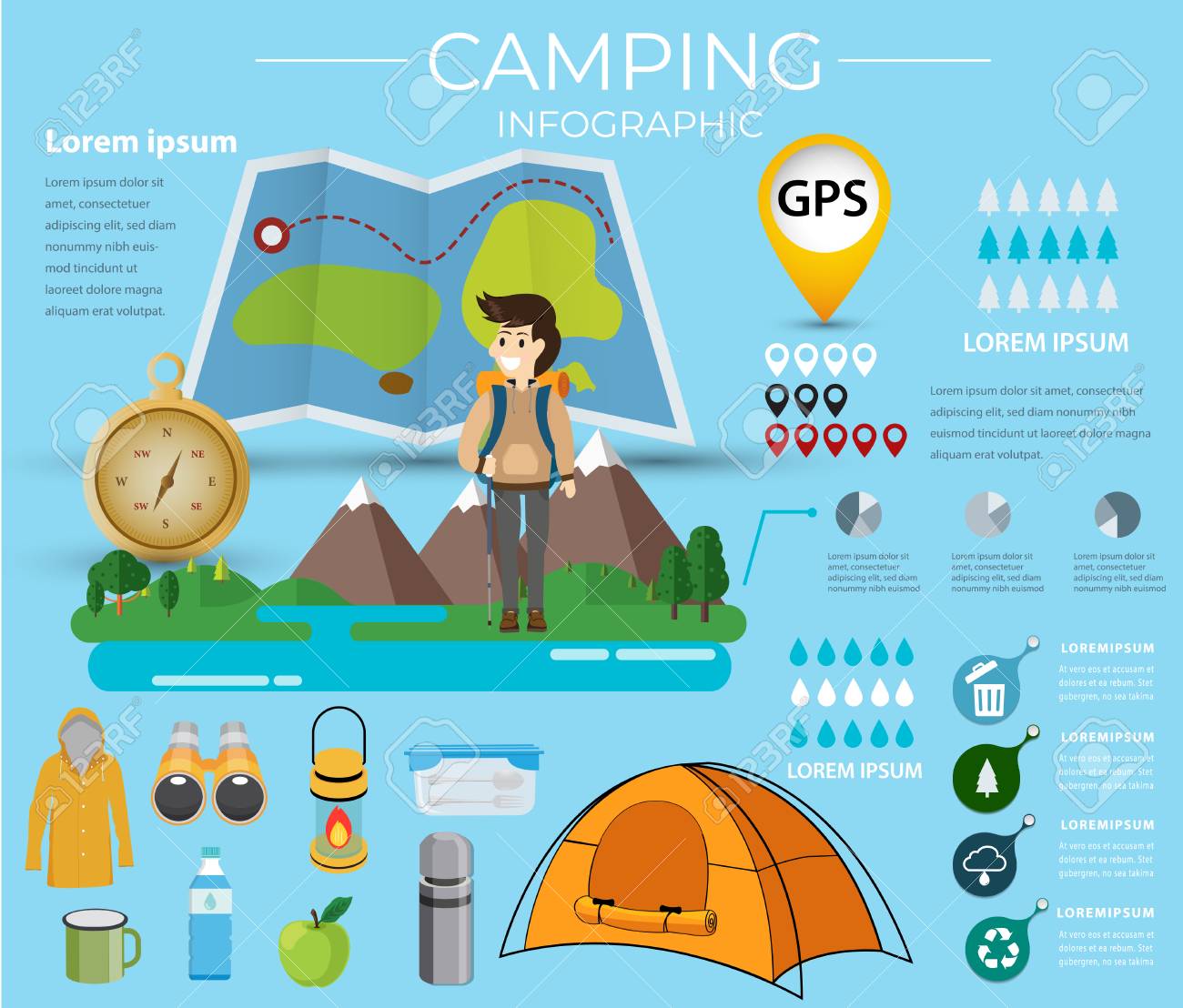Use These Tips To Explore The Treasures Of Camping Tents Product Sales
Use These Tips To Explore The Treasures Of Camping Tents Product Sales
Blog Article
The History of Bell Tents
The cone-shaped shape of a bell tent makes it one of the most successful shelter designs in history. Recognized by several names, consisting of the Tipi, Pal, Goahti, Lavvu, or Nentsi, these single-pole cotton canvas outdoors tents were made with usefulness in mind.
Can you live in a canvas tent?
Their simplicity and ease of assembly made them perfect for societies on the move. This same functionality caught the eye of recreational campers, that quickly included brief wall surfaces to develop a timeless camping tent design that we now know as the Bell Outdoor tents.
Beginnings
Bell camping tents are an attempted and checked type of immediate accommodation. Their spacious interiors and practical layout-- they are tough, very easy to establish and can hold up against solid winds because of their iconic bell shape-- have actually made them a preferred option for camping and glamping.
The modern bell outdoor tents traces its origins back to a 19th century military camping tent created by Henry Sibley. He adjusted the style of the American Indian tipi to produce his distinct tent which was after that embraced by the army for use in military camps and explorations.
The concepts of this camping tent-- tough and difficult canvas offering a home-away-from-home for travellers-- have been improved with time to suit the requirements of contemporary campers. For instance, modern glamping tents offer amenities such as carpets and beds to boost the convenience of campers. These features also help to keep the stability of the original design and shield versus the components.
Armed forces Use
In the 19th century, bell tents were first made use of as army area sanctuaries. They were a popular choice because they were durable, sizable, and very easy to set up. Today, these tents are preferred among campers and glampers for their stylish and practical layout.
They are likewise widely made use of in armed forces and rescue operations, where fast deployment is vital. Their basic structure means that they can be established in a brief amount of time, giving employees more time to concentrate on the objective at hand.
The bell outdoor tents is normally made from a sturdy and weatherproof canvas, with a centre post that's supported by a series of fixes. Period prints reveal that these camping tents were shaped more like a cone than a squat framework, and the walls were small in regard to the height of the center post. This allowed them to hold up against wind and rain. They were frequently used by the ANZAC soldiers on their expeditions across Europe and Gallipoli.
Glamping
Glamping is a contemporary outdoor pastime that has come to be increasingly prominent. People from all profession are searching for a means to delight in the open airs comfortably and style. Whether it's a charming getaway or a household camping journey, a good quality outdoor tents can make all the difference.
A bell outdoor tents's round shape helps with stability in gusty conditions, while its large inside can fit many individuals. It is likewise very easy to set up, calling for only a central post and a conical canvas roofing that settles right into a vast base.
The bell camping tent was designed by Henry Hopkins Sibley, an US Army soldier that served on the Texas frontier in the 1850s. He took ideas from tipis he saw, and developed a style that was durable and conveniently transportable. His camping tent was patented in 1856.
Contemporary Usage
Today, bell camping tents are a staple in store camping websites, festival lodgings, and as classy outdoor sanctuaries for weddings or retreats. Their elegant, classic designs blend practice with modernity, making them a favorite amongst those seeking distinct and comfy accommodations that are both aesthetically attractive and remarkably easy to establish.
The modern-day bell tent traces its origins back to standard outdoors tents used by nomadic people in Northern Europe, yet experienced its prime time around the 19th century when canvas replaced animal hides as the main product. This adjustment, combined with a functional layout that prioritizes headroom, saw the development of a prominent army field shelter camping christmas gift and, in the future, the legendary tent we know as the bell.
In the 1850s, an US Military soldier called Henry Hopkins Sibley developed the first contemporary bell camping tent. Attracting ideas from the tipis he had seen on the Texas frontier, his new camping tent made use of a solitary central pole and vents to produce a framework that was both sturdy and conveniently mobile.
What is the life expectancy of a tent?
